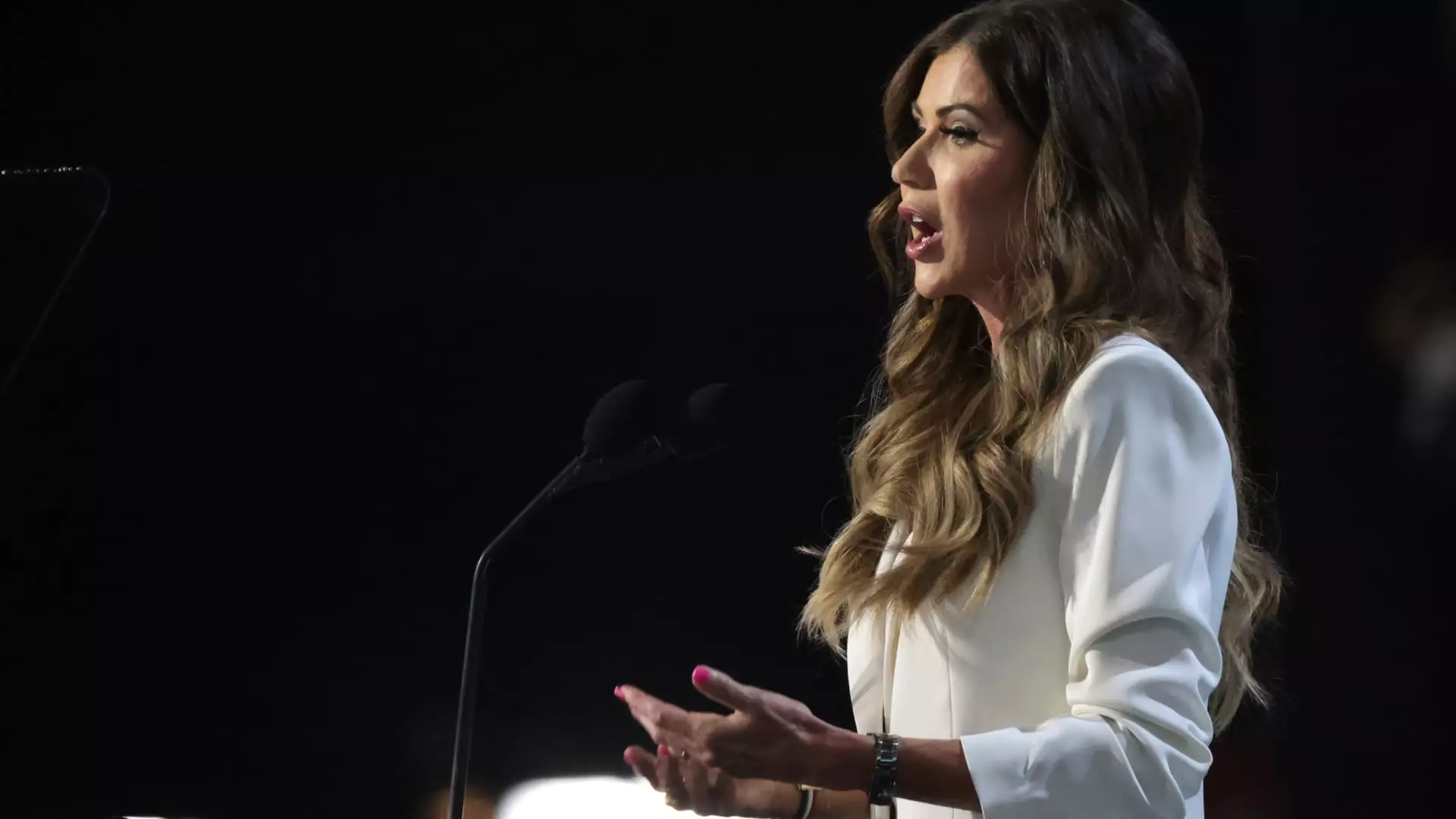In response to growing concerns about energy efficiency and climate change, a number of states in the United States are launching rebate programs aimed at promoting home energy improvements. This initiative received a significant boost with the enactment of the Inflation Reduction Act (IRA) in 2022, which allocated an impressive $8.8 billion specifically for consumer rebates through the Home Energy Rebates programs. While states like New York have taken the lead, others have demonstrated varying levels of commitment, raising questions about the effectiveness of these rebate programs and the broader implications for consumers and the environment.
The introduction of rebate programs under the IRA represents a significant shift in how states can manage energy efficiency initiatives. The history of similar programs has shown that while they can drive consumer engagement in energy-saving practices, the realities of implementation differ drastically from state to state. For example, New York fully embraced the program by launching rebates as early as May, subsequently inspiring states such as Arizona, Maine, New Mexico, Rhode Island, and Wisconsin to follow suit. The expectation is that more states will implement similar schemes in the near future, which would foster a national movement towards energy efficiency.
However, not every state has been keen to engage with these federal funds. For instance, South Dakota’s recent decision to decline the available funding is a notable exception. Officials in the state expressed concerns that implementing the rebate programs would create an unnecessary administrative burden and diverge from their policy priorities. By rejecting these funds, South Dakota positions itself outside the growing trend of energy efficiency, stirring debates about states’ rights versus federal initiatives aimed at combating climate change.
The potential benefits of these rebate programs are manifold. Primarily, they aim to relieve the financial pressures on consumers attempting to retrofit their homes with energy-efficient appliances and systems. By providing rebates of up to $8,000 for home efficiency enhancements and up to $14,000 for electrification and appliance upgrades, the programs serve both economic and environmental goals. They not only help reduce household utility costs but also play a crucial role in cutting down on carbon emissions that contribute to global warming.
Moreover, accessing these rebates could help stimulate local economies as homeowners engage qualified contractors for the necessary renovations. However, it raises the question of equitable access: Who benefits the most from such programs? Eloquently structured rebate brackets often mandate income assessments, making it vital to ensure that low-income households are not left out of the equation. As more states deploy their own programs, it will be essential to monitor how effectively these incentives reach those most in need.
One of the primary challenges in rolling out these rebate programs is their complexity. Each state holds different resources, legislative frameworks, and public sentiments that inflect how programs are designed and managed. As noted by the U.S. Department of Energy, the IRA grants states flexibility in deploying these rebates, allowing for tailored solutions to local needs. However, this flexibility also creates uneven landscapes; some states may excel, while others may falter.
Florida, initially opposed to the IRA, recently changed its course and is set to launch its programs between late 2024 and early 2025. This shift highlights how political landscapes can influence state responses to federal initiatives. The apparent reversal of Florida’s position underscores the broader potential for partisan politics to impede or propel environmental initiatives.
As the landscape of state-led energy rebate programs evolves, it is imperative to maintain focus on broader goals. The complex interplay between federal mandates and state-specific implementation strategies will shape the success of these programs in the coming years. The potential for substantial consumer rebates and more energy-efficient homes exists, but stakeholders must ensure that these opportunities translate into tangible benefits for all.
Consumers looking to partake in these initiatives should actively seek information from their state energy departments. It is encouraging to see programs launching across various states, but consumers must remain vigilant as they navigate eligibility requirements and timelines. In an era where climate change continues to be a pressing challenge, a concerted effort from all states to embrace these rebates could serve as a crucial step forward in creating a more sustainable future.
Conclusively, while energy rebate programs represent a proactive approach to enhancing energy efficiency in homes, the divergent approaches and varying state commitments present a complex tapestry that needs careful navigation. Efforts must be made to ensure equitable access and effective implementation if we are to drive meaningful change in energy consumption practices across the nation.

